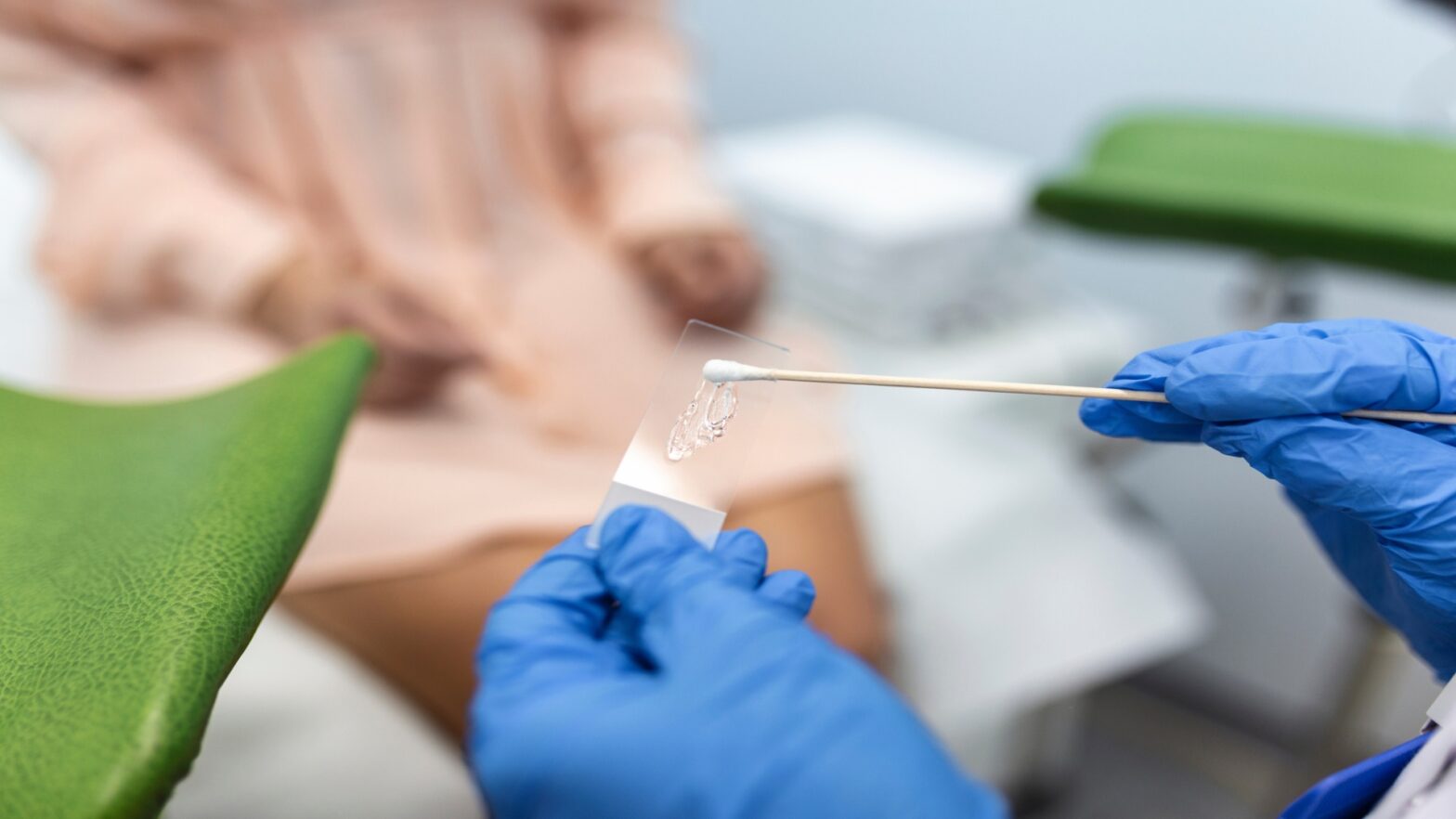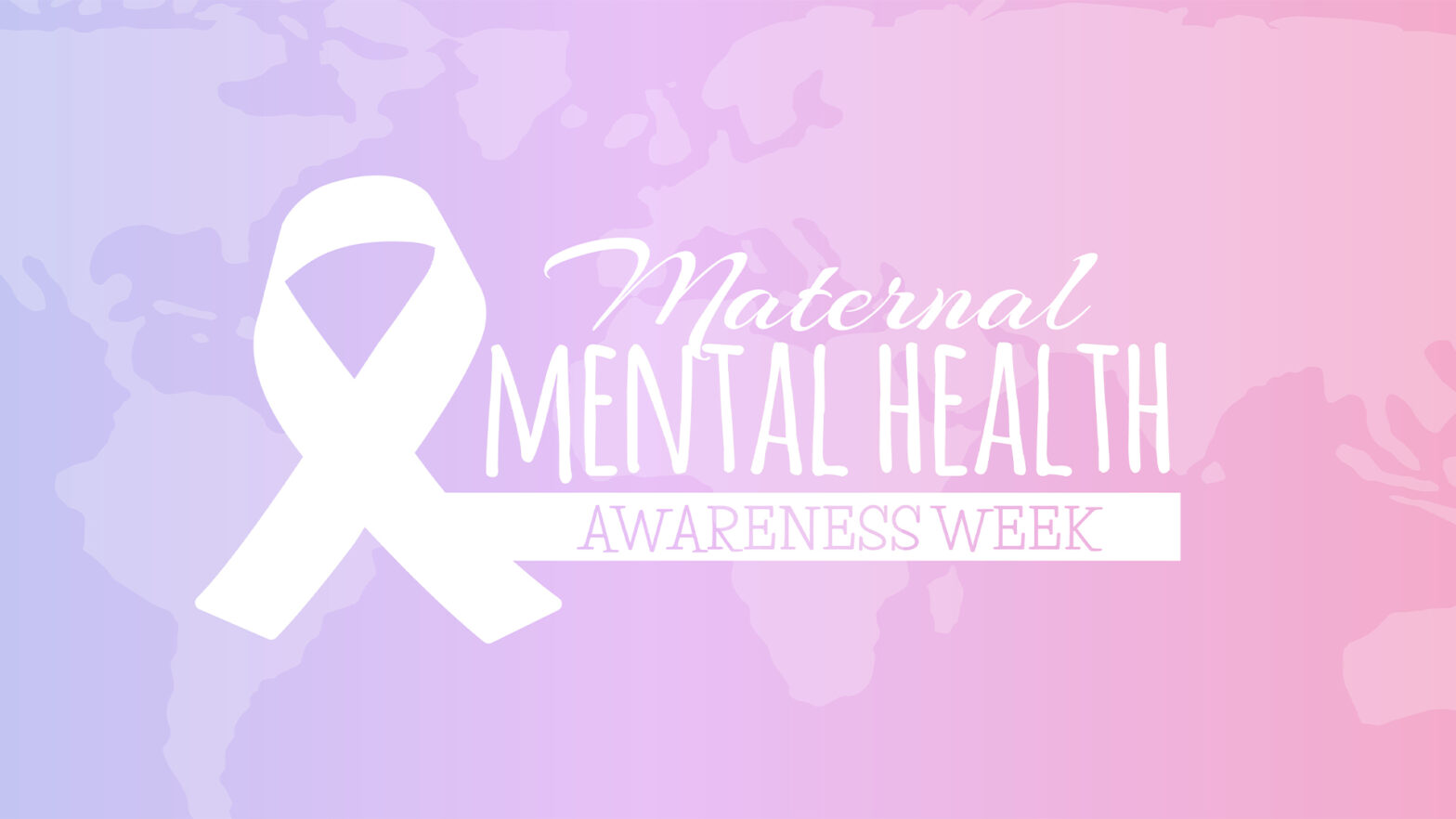Varicose veins can be a painful condition affecting millions of people worldwide. They occur when the veins become enlarged and twisted, leading to uncomfortable symptoms. Fortunately, many different treatments are available to help ease the symptoms of varicose veins. This article will explore the variety of varicose vein treatments available and help you choose the best one for your needs.
Understanding Varicose Veins
Varicose veins occur when the valves in the veins stop working correctly. Usually, these valves keep blood flowing in one direction, towards the heart. But when veins become damaged or weak, blood can flow backward and pool in the veins, causing them to become enlarged and twisted. Several kinds of treatments can help you improve the condition of varicose veins. Contact a Port Charlotte vein specialist to learn about the newest treatment options for varicose veins.
Conservative treatments
The first step in treating varicose veins is often making lifestyle changes. These can include:
– Losing weight
– Exercising and physical therapy
– Avoiding standing or sitting for long periods
– Elevating your legs when sitting or lying down
– Wearing compression stockings
– Herbal remedies
These changes can help improve leg circulation and reduce varicose veins severity.
Minimally Invasive Procedures
These treatments are characterized by low pain and require local anaesthesia. Also, they can be performed in a doctor’s office with little downtime. The most popular treatments are:
Sclerotherapy
Sclerotherapy is a popular treatment that involves injecting a solution into the affected veins. This solution causes the veins to collapse and stick together. The final result is smaller veins and a better appearance of the legs.
Endo venous Laser Ablation (EVLA)EVLA uses laser energy to heat and seal the affected veins. This procedure is done under local anaesthesia and involves making a small incision in the skin to insert a thin laser fibre into the affected vein. The laser energy heats the vein, causing it to seal shut and reroute blood flow to healthier veins.
Radiofrequency Ablation (RFA)RFA uses radiofrequency energy to heat and seal the affected veins. Like laser ablation, it can be performed in a doctor’s office with little downtime.
Laser Treatment
Laser treatment uses focused laser energy to destroy the affected vein. During the procedure, a laser fiber is inserted into the affected vein through a tiny incision in the skin. The laser energy heats and destroys the vein, causing it to collapse and eventually be reabsorbed by the body.
Foam Sclerotherapy Foam sclerotherapy involves injecting a special foam solution into the affected vein. This solution collapses the vein, and the body reabsorbs it. The foam can be more effective in treating larger veins.
Ambulatory Phlebectomy
It is a surgical procedure that involves removing the affected veins through small incisions in the skin. Doctors often recommend ambulatory phlebectomy for more prominent varicose veins that cannot be treated with other methods.
Surgical Procedures
Doctors recommend surgical procedures in severe cases of varicose veins. Generally, the treatment requires longer recovery times compared to minimally invasive treatments.
Stripping and Ligation
It is a surgical procedure that involves tying off and removing the affected vein through small incisions in the skin. During the procedure, the surgeon makes small incisions and uses a unique tool to tie off the affected vein and remove it from the body.
New and Emerging Treatments
Doctors have used traditional treatments for varicose veins for many years, and they are highly effective. However, there are also new and emerging treatments that show promise in treating varicose veins. These treatments include:
– VenaSeal
– Clarivein
– Varithena
While these new treatments show promise in treating varicose veins, they may not be appropriate for all patients. Patients should discuss their options with a vein specialist to determine the best treatment plan.
Conclusion
Varicose veins can be uncomfortable, but indeed there is a treatment that fits your needs. From lifestyle changes to minimally invasive procedures, there are options for every severity level. Talk to your doctor to determine the best treatment plan for your needs.

















